How to Write a Formal Grievance Letter Template
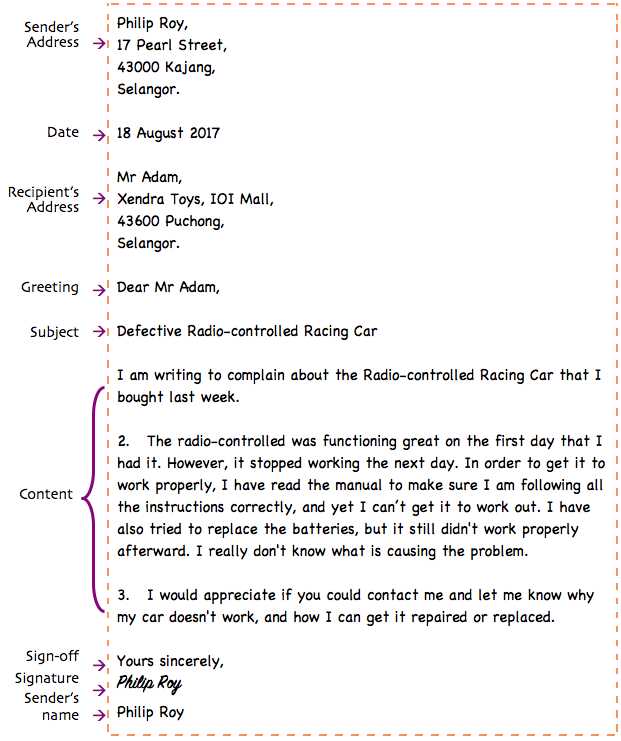
When expressing dissatisfaction or concerns to an organization or authority, it’s important to communicate in a structured, respectful manner. A well-organized statement ensures your issue is taken seriously and handled appropriately. Below is a comprehensive approach to help you formulate such a document effectively.
Essential Components to Include
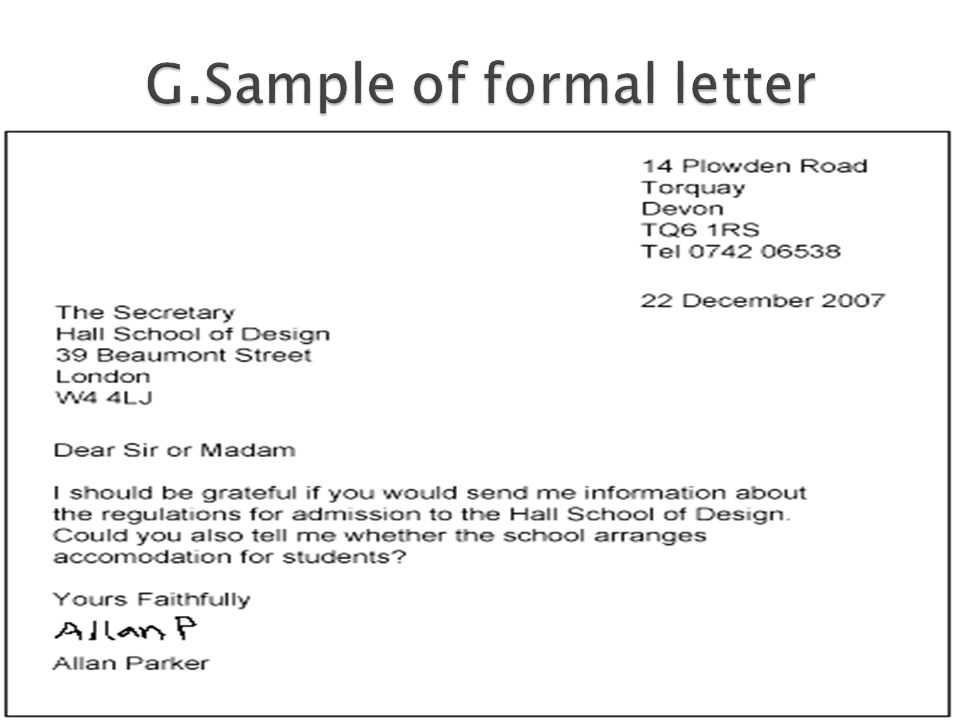
Begin by clearly outlining the matter at hand. Ensure that all relevant details are included, such as the nature of the issue, any specific incidents, and important dates. A concise summary allows the recipient to fully understand the context before proceeding to address the problem.
Important Details to Mention
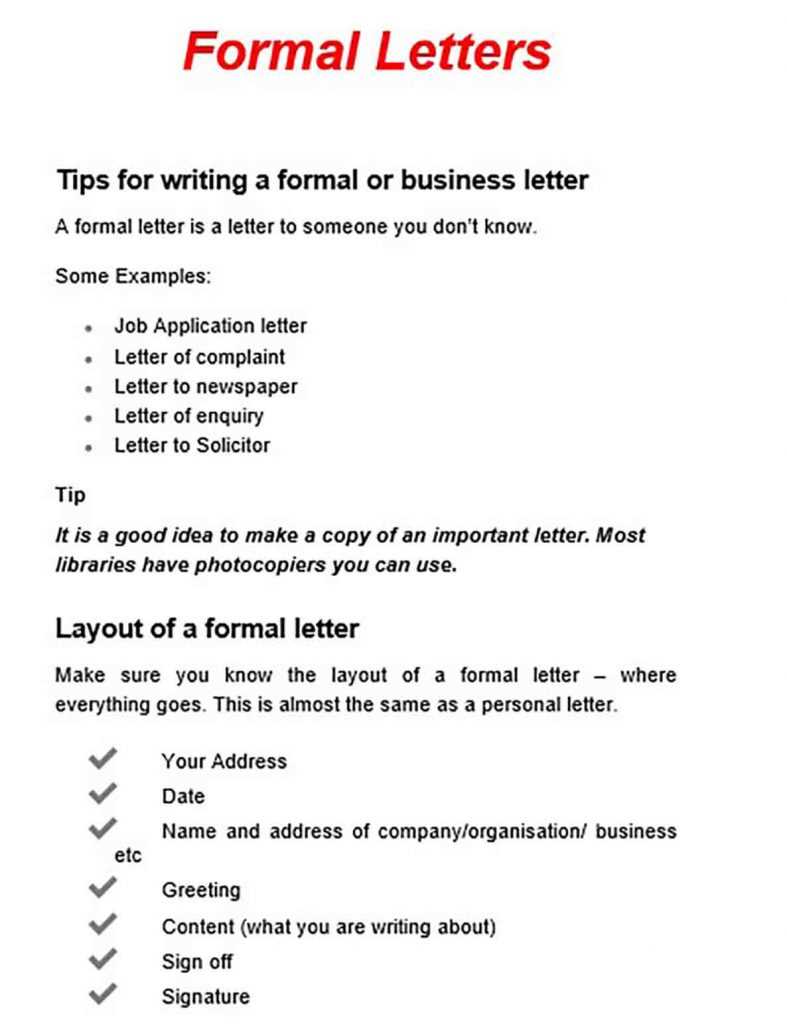
- Clear description of the issue
- Dates and relevant events
- Names of individuals involved (if applicable)
Maintaining Professional Tone and Language
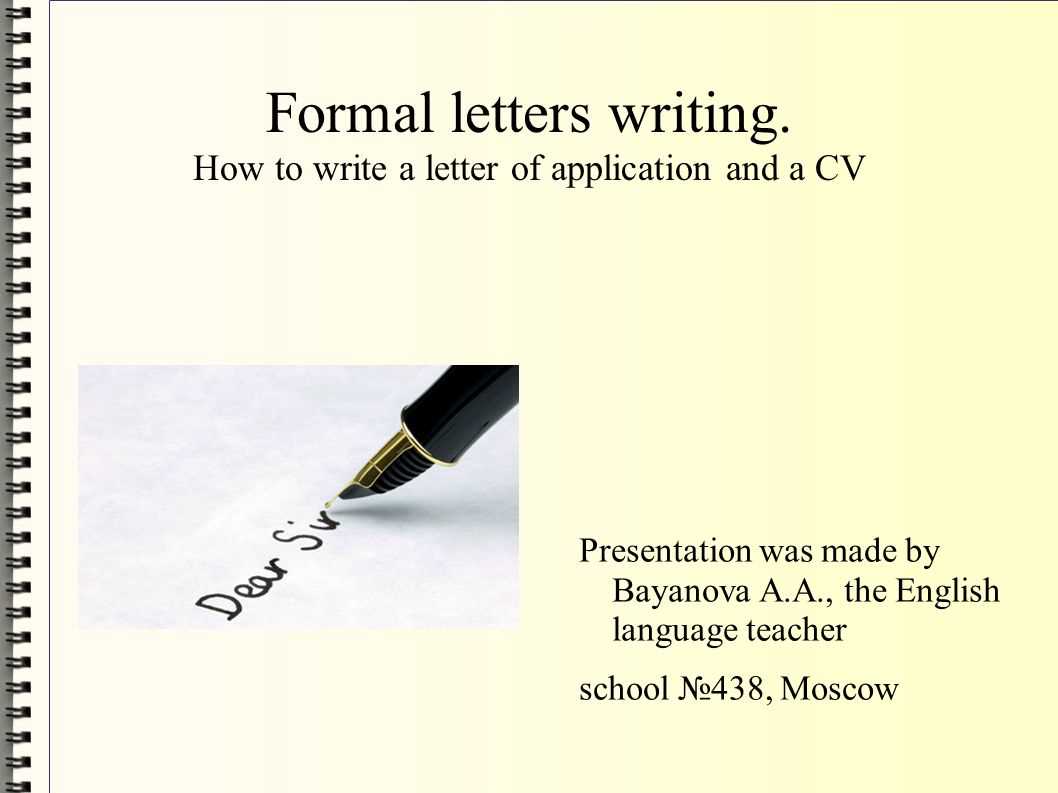
Your communication should remain polite and constructive. Focus on presenting facts, avoiding emotional language. A professional tone increases the likelihood of a positive outcome and demonstrates your commitment to resolving the matter efficiently.
Avoiding Negative Language
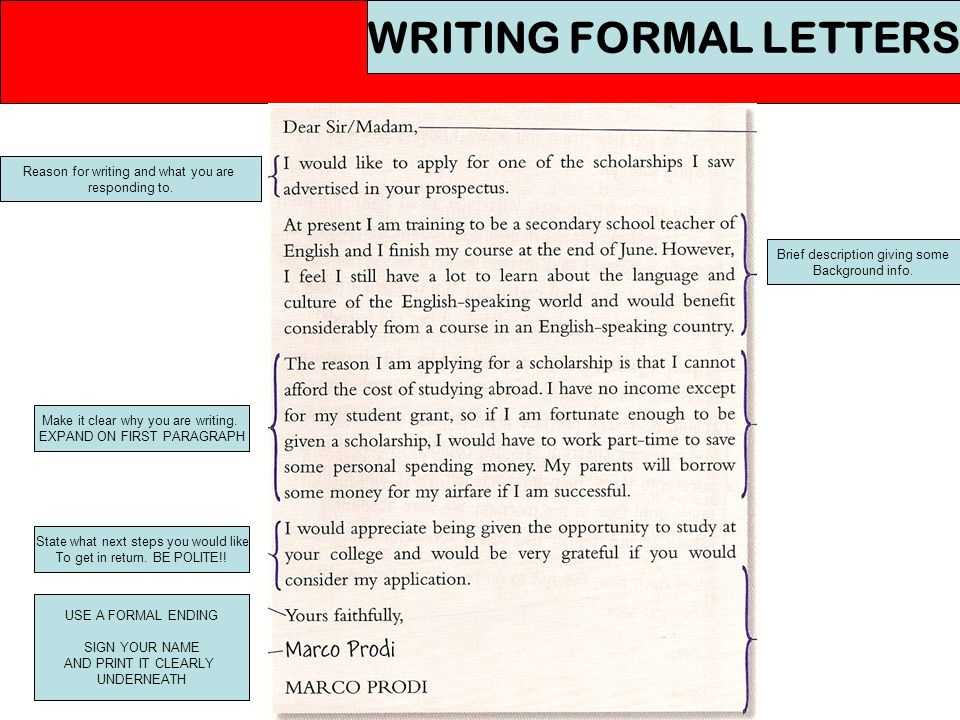
Keep the tone neutral and respectful. Avoid aggressive or accusatory words that might cause the recipient to become defensive. Instead, express your concerns clearly and request specific actions.
Steps to Take After Submission
Once the complaint has been sent, it’s important to follow up to ensure it is being addressed. After waiting a reasonable period, reach out to confirm that your concerns are being reviewed. Maintain a professional attitude during these follow-ups, as this will demonstrate your patience and commitment to the process.
Suggested Follow-Up Actions
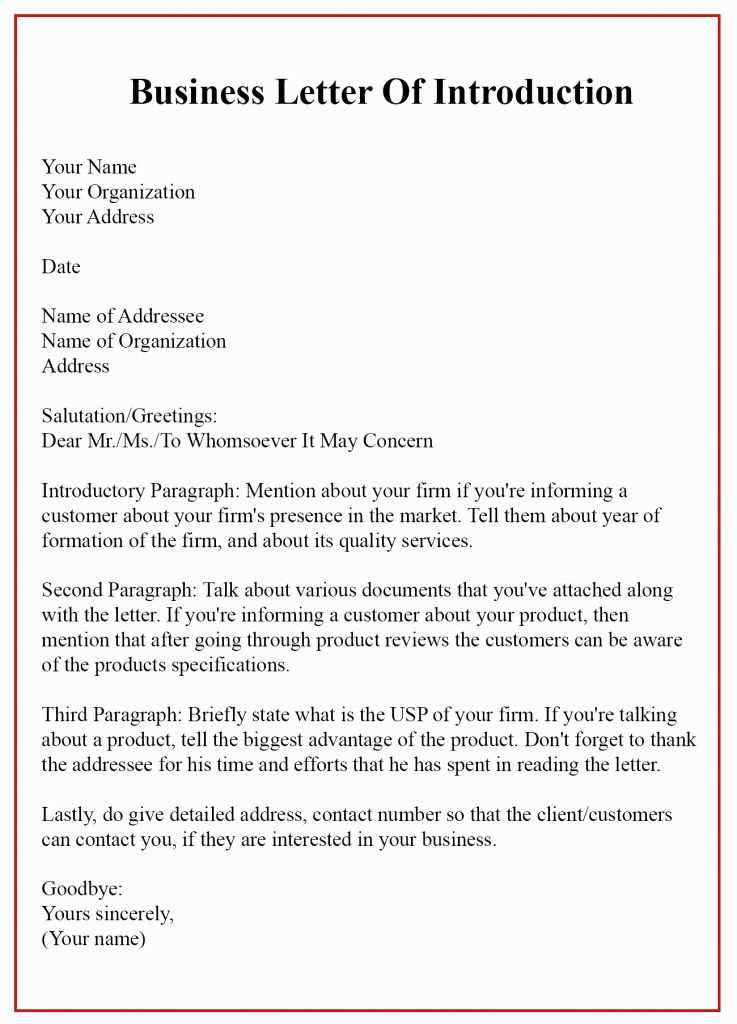
- Wait for a reasonable response time (e.g., 7-10 business days).
- If no response is received, send a polite follow-up inquiry.
- Document all communications for future reference.
By adhering to these guidelines, you can ensure that your concerns are communicated effectively and that you increase the chances of a satisfactory resolution.
Understanding the Purpose of a Complaint Document
Key Components to Include in Your Message
Choosing the Right Tone for Effective Communication
Step-by-Step Process for Crafting Your Message
Common Pitfalls to Avoid in Formal Complaints
How to Follow Up After Submission
Expressing dissatisfaction or concerns clearly and professionally is essential when seeking a resolution. A well-structured approach ensures that the recipient understands the issue fully and can address it effectively. This section covers the key principles to follow when composing such a document.
When crafting your communication, it’s important to provide all relevant details to convey the situation accurately. Begin by identifying the core issue and supporting it with specific instances, dates, and facts. This clear presentation helps others grasp the matter easily and expedites the resolution process.
The tone used plays a crucial role in ensuring the effectiveness of your message. A calm and respectful manner encourages a more productive response, as opposed to a defensive or aggressive approach. Avoiding emotional language and focusing on facts is key to maintaining professionalism.
Following a step-by-step process can help maintain clarity throughout the communication. Start by outlining the problem in a clear and concise manner, then include the necessary context. Afterward, propose possible solutions or actions you expect to be taken, ensuring the recipient knows exactly how to proceed.
While addressing the issue, there are common mistakes to avoid. These include being vague, failing to provide adequate context, or using overly harsh language. Each of these can hinder your message and delay any potential resolution.
After submitting your message, it is important to follow up if you don’t receive a response within a reasonable timeframe. This demonstrates your commitment to resolving the issue and keeps the process moving forward. Be polite and persistent, ensuring the matter doesn’t get overlooked.